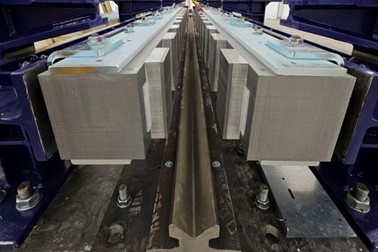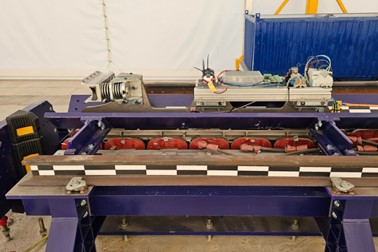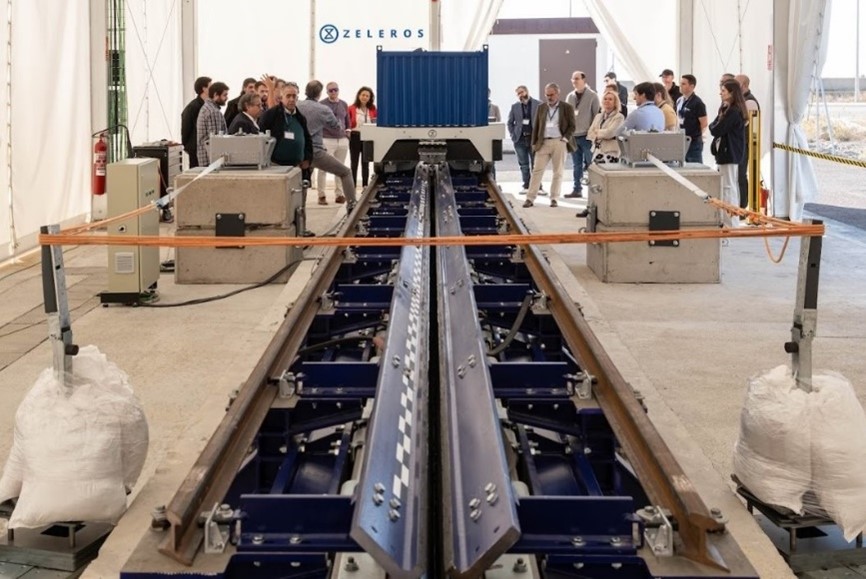Innovative electromagnetic drive for electrified energy-saving forwarding

 Project title
Project title
Innovative electromagnetic drive for electrified energy-saving forwarding
 Name of Beneficiary/Beneficiaries
Name of Beneficiary/Beneficiaries
Magneto Sp. z o.o.
 Name of programme
Name of programme
International programs
 Competition
Competition
Euro Stars 2, Competition 14
 Project value
Project value
PLN 1,556,499.00
 Funding value
Funding value
PLN 933,899.65
 Project delivery period
Project delivery period
01.06.2021 – 31.05.2023
Results of our work
Photo 1: Stators of a switched reluctance linear motor (SRLM) on a test track (Valencia, February 2023)
Photo 2: Stators with coils and a SLRM translator on a test track (Valencia, September 2023)
Photo 3: Switched reluctance linear motor as a test track with platform (project summary, Valencia, November 2024)
Issues addressed
The project designed and built an electric linear motor with switched reluctance (SRLM) for moving a container platform. The test system has demonstrated that this innovative approach provides excellent ability to move cargo in intra-port operations with zero CO2 emissions, at reduced unit costs. The project contributes to the development of an emission-free method of transporting large loads using a linear engine.
Project beneficiaries
Operators of container ports and transhipment terminals who are ready to apply a modern solution and, at the same time, decarbonize and improve transport and transshipment logistics. The target group also includes all companies dealing in HYPERLOOP magnetic transport.
Major implementation challenges
Magneto was responsible for the design of the magnetic cores and their technical properties. It turned out to be necessary to build a demonstrator that met the requirements of the project description. This allowed its design to be adapted to fully realistic and repeatable very precise production processes on an industrial scale. Our biggest challenge was to meet the extremely high requirements for the production of large magnetic elements and their very precise assembly on the test track.
Our advice to other applicants
An extremely precise cost analysis is necessary, as well as ensuring the maximum possible flexibility in project implementation at the stage of writing the project application. Attention should also be paid to the proper selection of quality parameters used during the implementation of the design of materials and components. In our case, this concerned primarily electrotechnical belts, not only in terms of remagnetization losses but also in terms of extremely small tolerances of their geometric dimensions.


